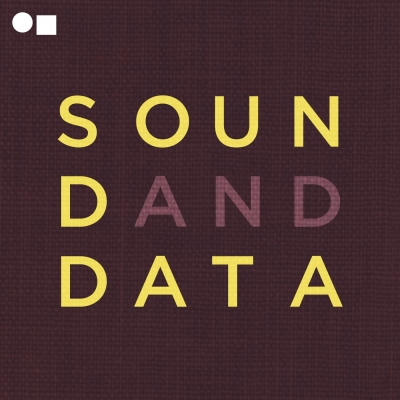Presented by
Strange Data LLC.
Margaret Schedel is an Associate Professor of Composition and Computer Music at Stony Brook University. Through her work, she explores the relatively new field of Data Sonification, generating new ways to perceive and interact with information through the use of sound. LINK to a longer in depth article. Dr. Schedel states: “In the current fascination with sonification, the fact that aesthetic decisions must be made in order to translate data into the auditory domain can be obscured. Headlines such as “Here’s What the Higgs Boson Sounds Like” are much sexier than headlines such as “Here is What One Possible Mapping of Some of the Data We Have Collected from a Scientific Measuring Instrument (which itself has inaccuracies) Into Sound.” To illustrate the complexity of these aesthetic decisions, which are always interior to the sonification process, I focus here on how my collaborators and I have been using sound to understand many kinds of scientific data.” We talk at length about these general topics. Reference
Bio: Margaret Schedel is an Assistant Professor of Music at Stony Brook University, Margaret Anne Schedel is a composer and cellist specializing in the creation and
performance of ferociously interactive media. She is working towards a certificate in Deep Listening with Pauline Oliveros and serves as the musical director for Kinesthetech Sense. She sits on the boards of the 60×60 Dance, BEAM
Foundation, EMFInstitute, ICMA, NWEAMO, and Organised Sound.
Learn more about Margaret Schedel
Our Guests
-
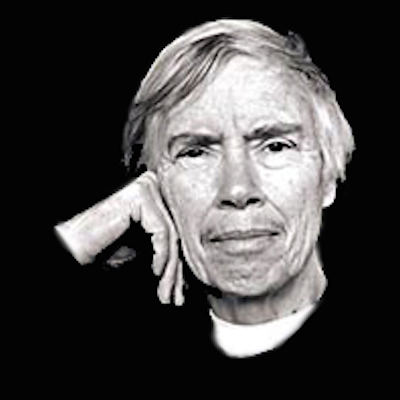 Pauline Oliveros founder of the Deep Listening Institute
Pauline Oliveros founder of the Deep Listening Institute -
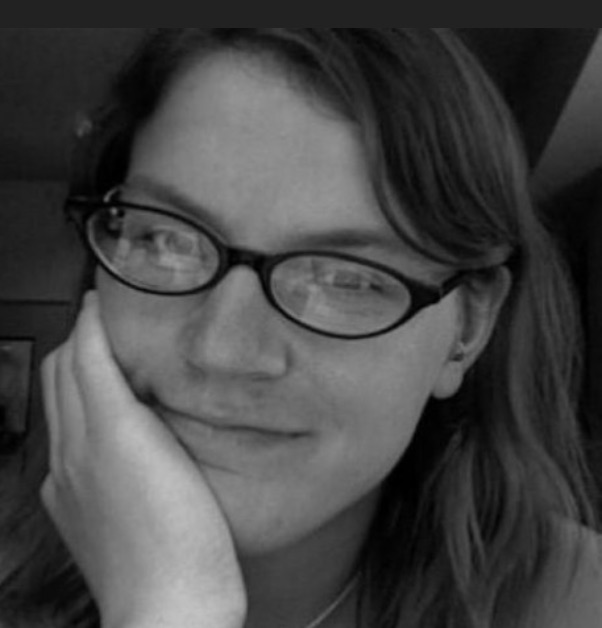 Jordan Wirfs-Brock Radio journalist & sonification
Jordan Wirfs-Brock Radio journalist & sonification -
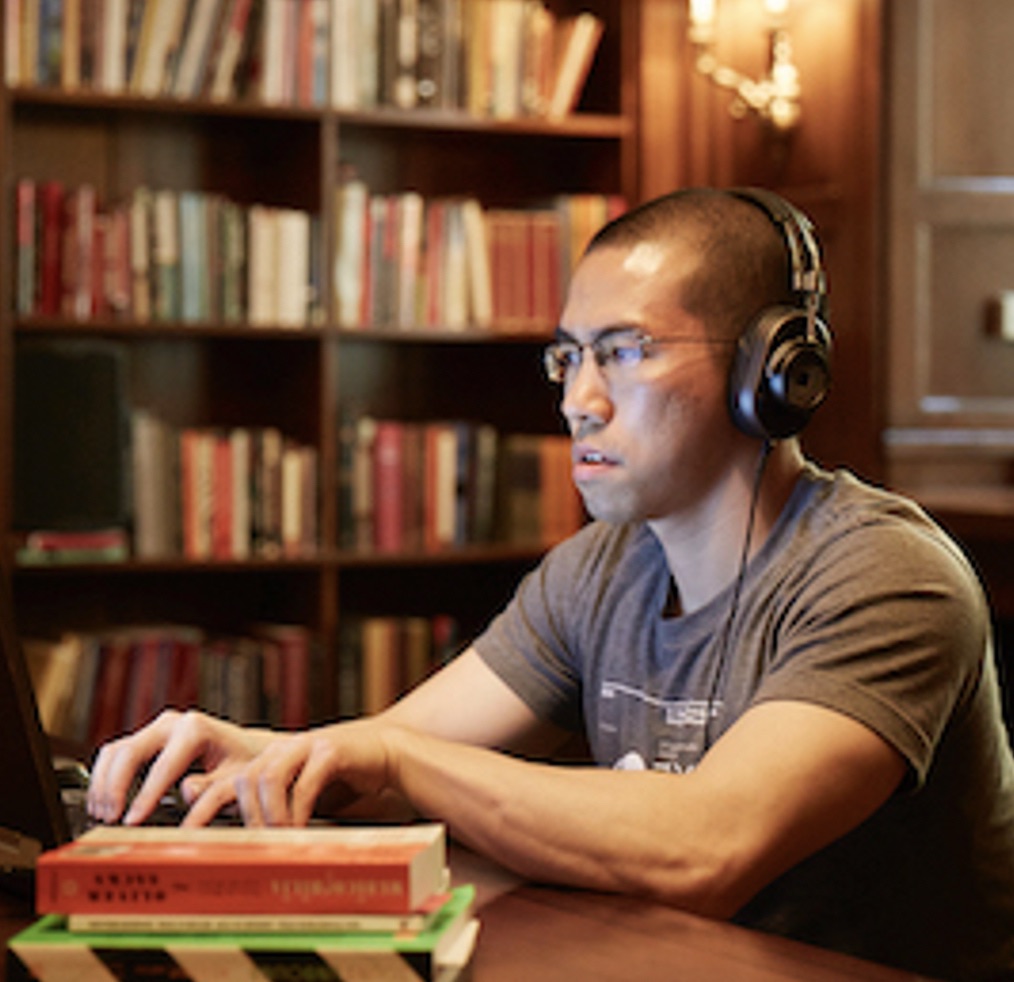 Brian Foo The Data Driven DJ
Brian Foo The Data Driven DJ -
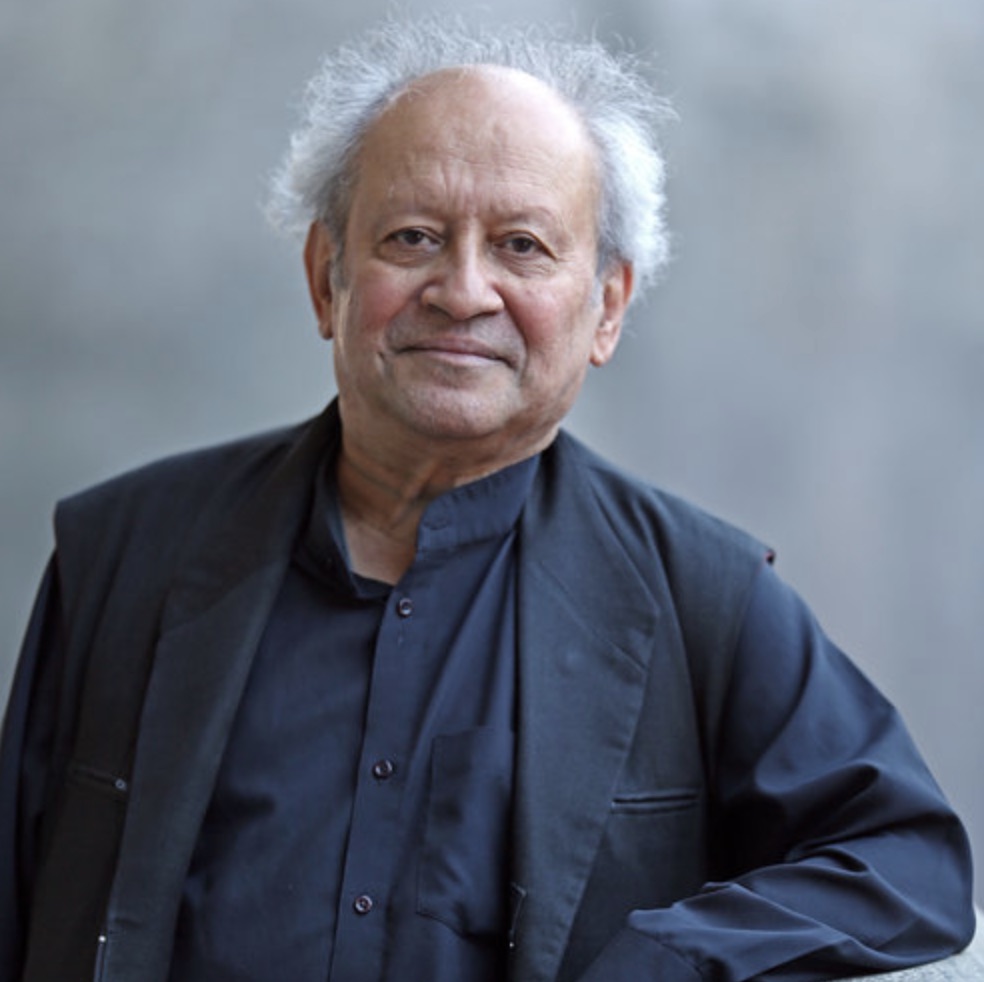 Clarence Barlow Data Composer Extrordanaire
Clarence Barlow Data Composer Extrordanaire -
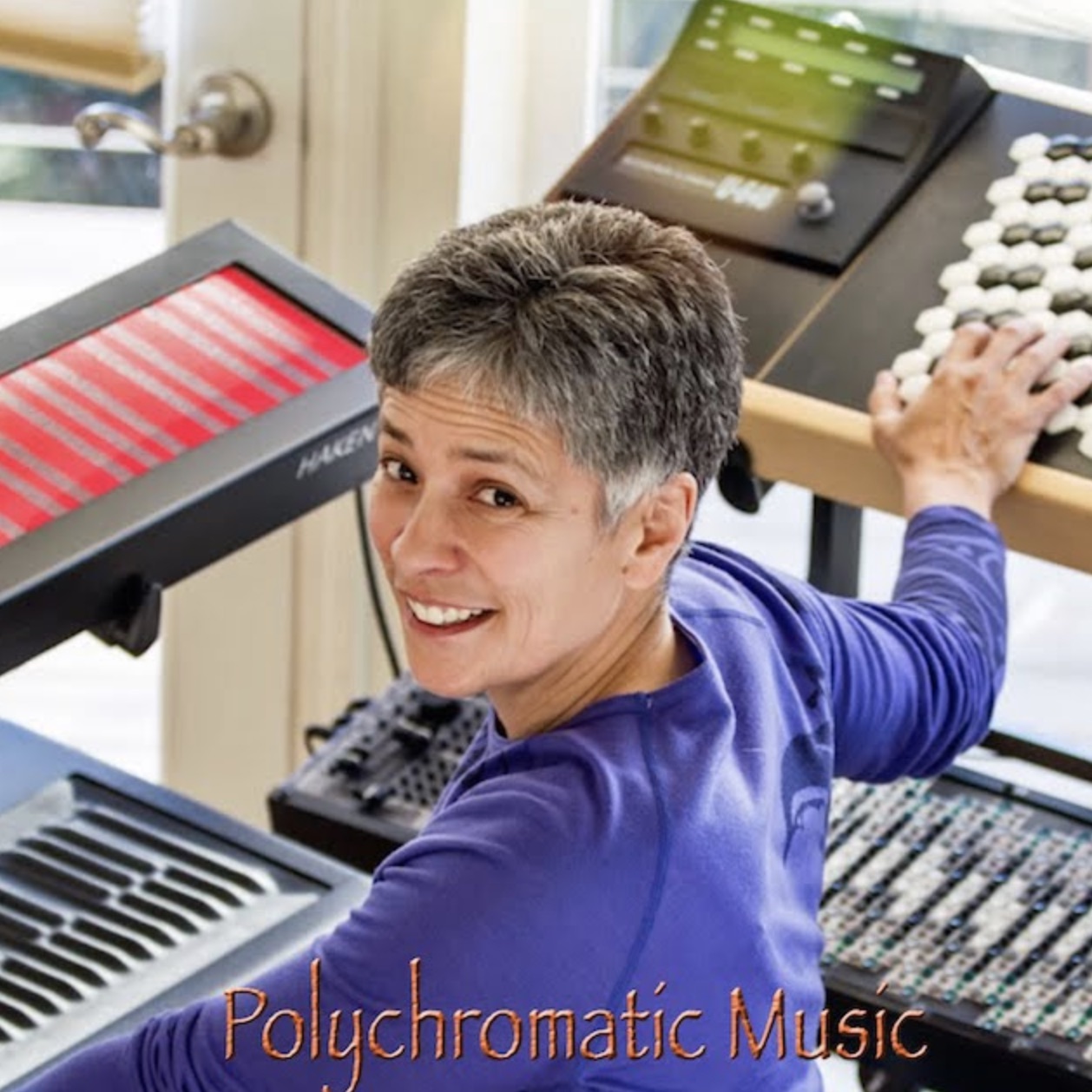 Dolores Catherino Poly Chromatic Music
Dolores Catherino Poly Chromatic Music -
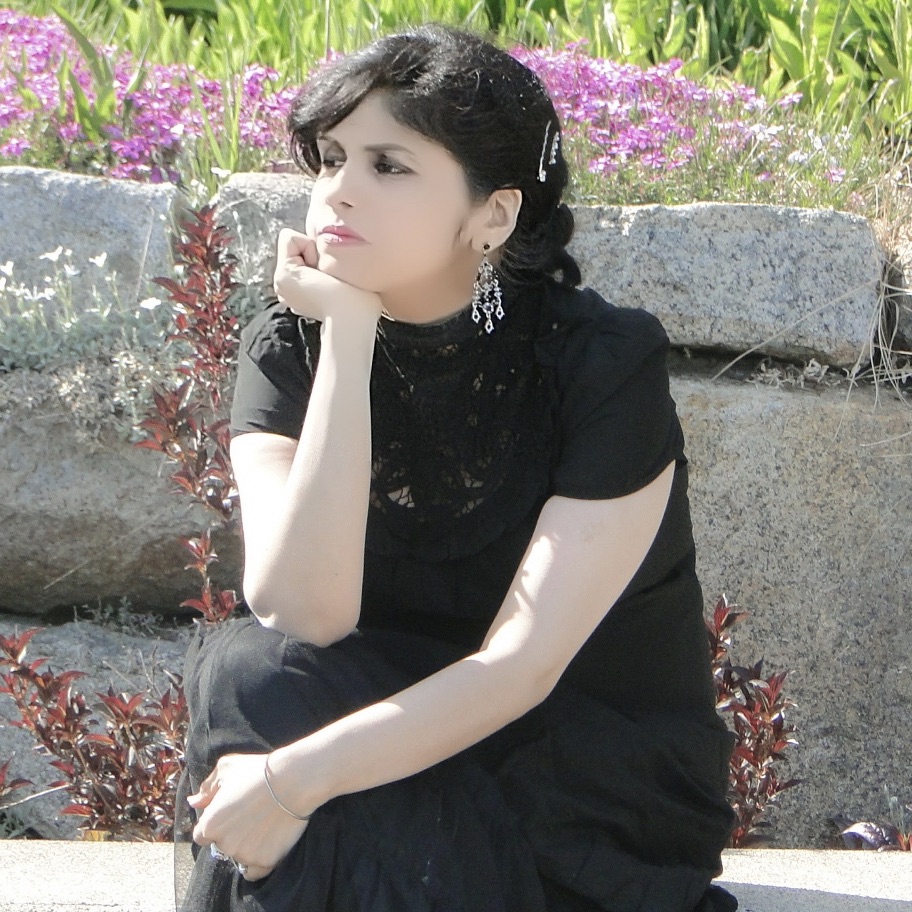 Ivanna Muse Cambridge Creation Lab
Ivanna Muse Cambridge Creation Lab -
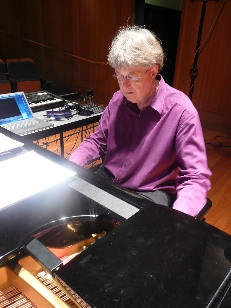 Roger Dean musician, biochemist and cognitive scientist
Roger Dean musician, biochemist and cognitive scientist -
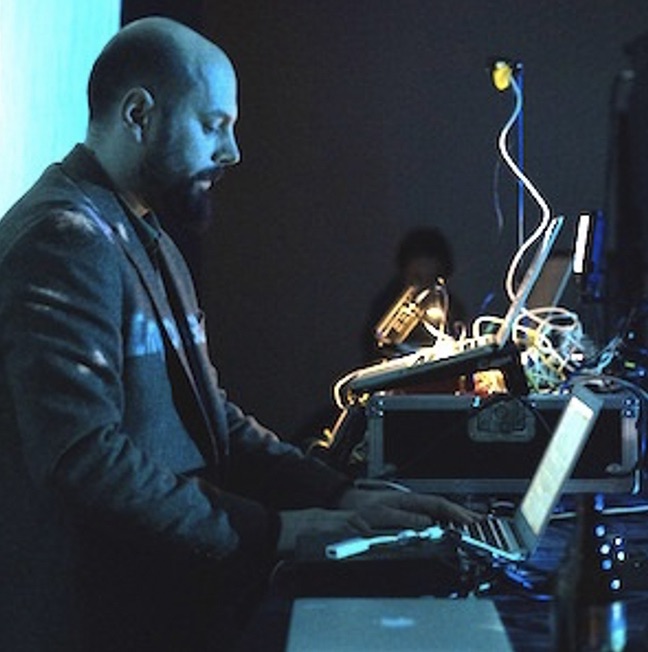 Konstantinos Vasilakos Sonification, gestural improvisation, and live coding
Konstantinos Vasilakos Sonification, gestural improvisation, and live coding -
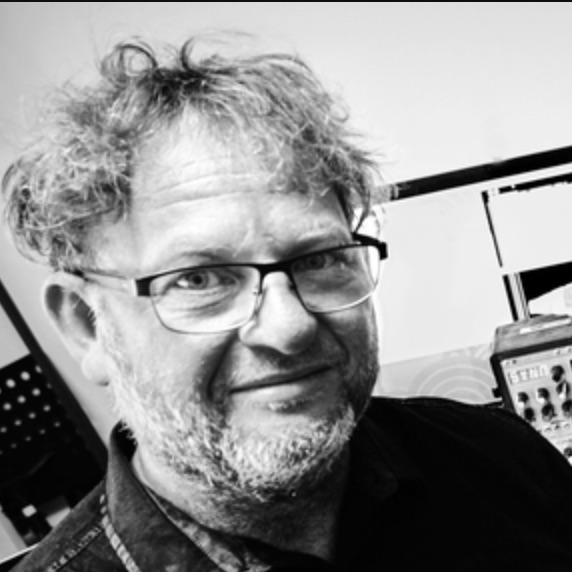 Garth Paine Composer - Acoustic Ecology Lab
Garth Paine Composer - Acoustic Ecology Lab -
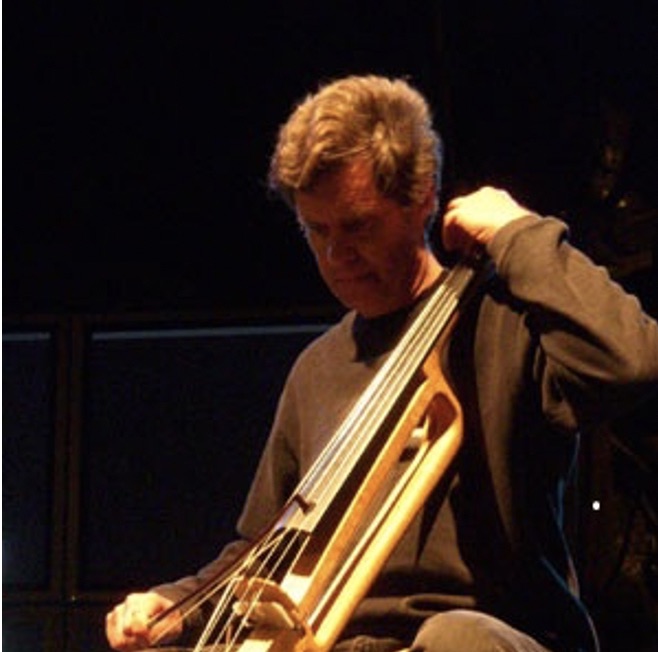 Chris Chafe Sonification Research CCRMA
Chris Chafe Sonification Research CCRMA -
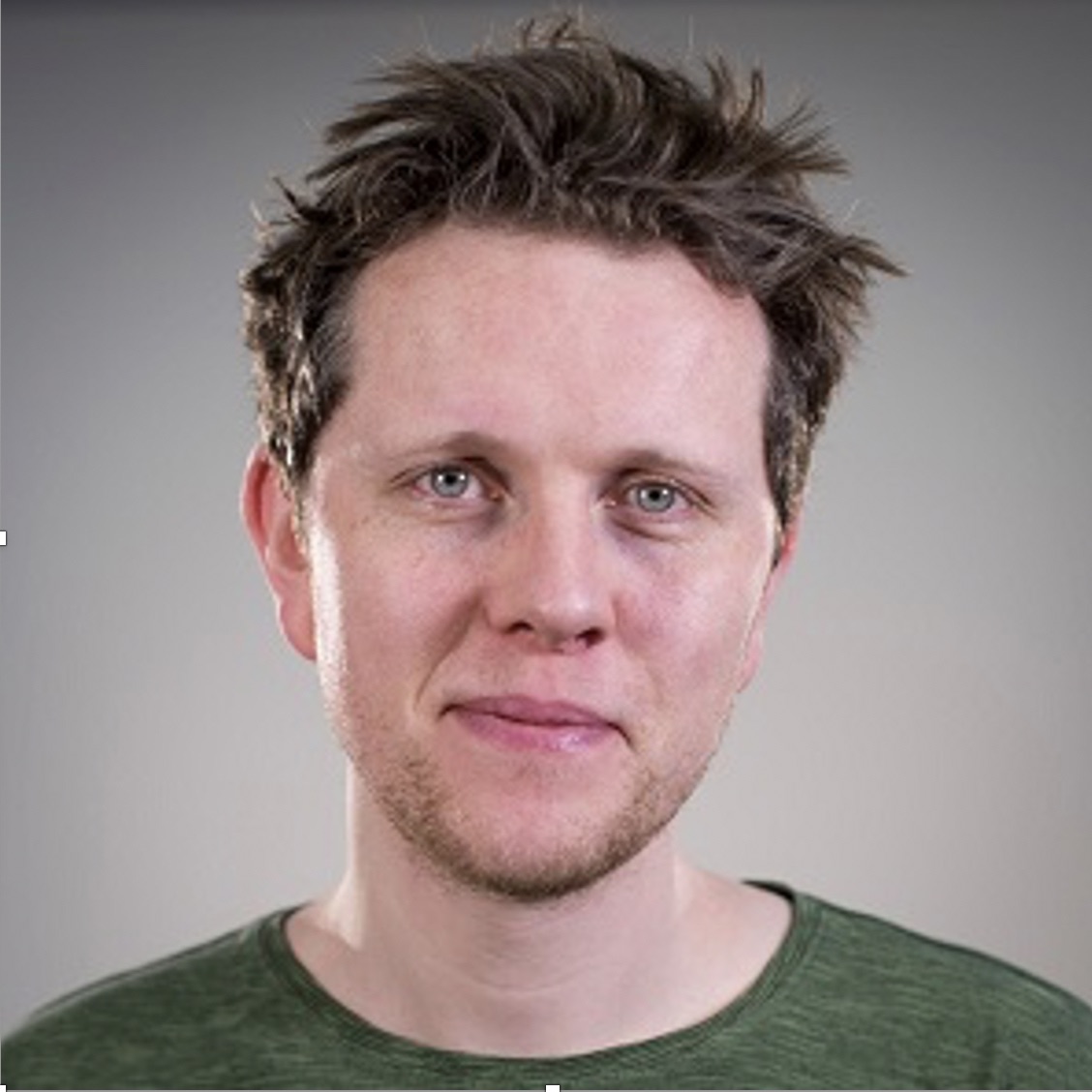 Martin Keary Muse and Sonification Critic
Martin Keary Muse and Sonification Critic -
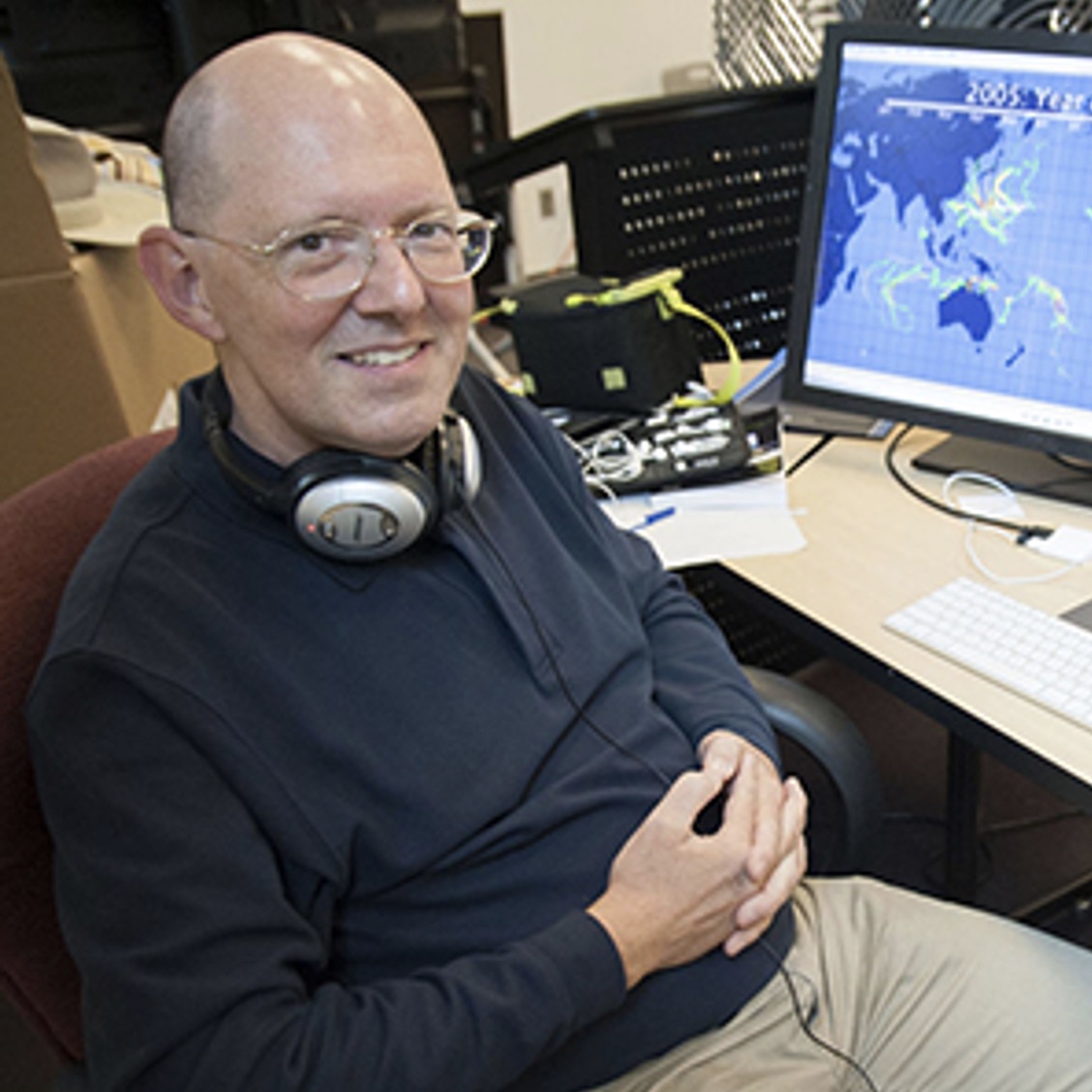 Mark Ballora The voice of real sonification
Mark Ballora The voice of real sonification -
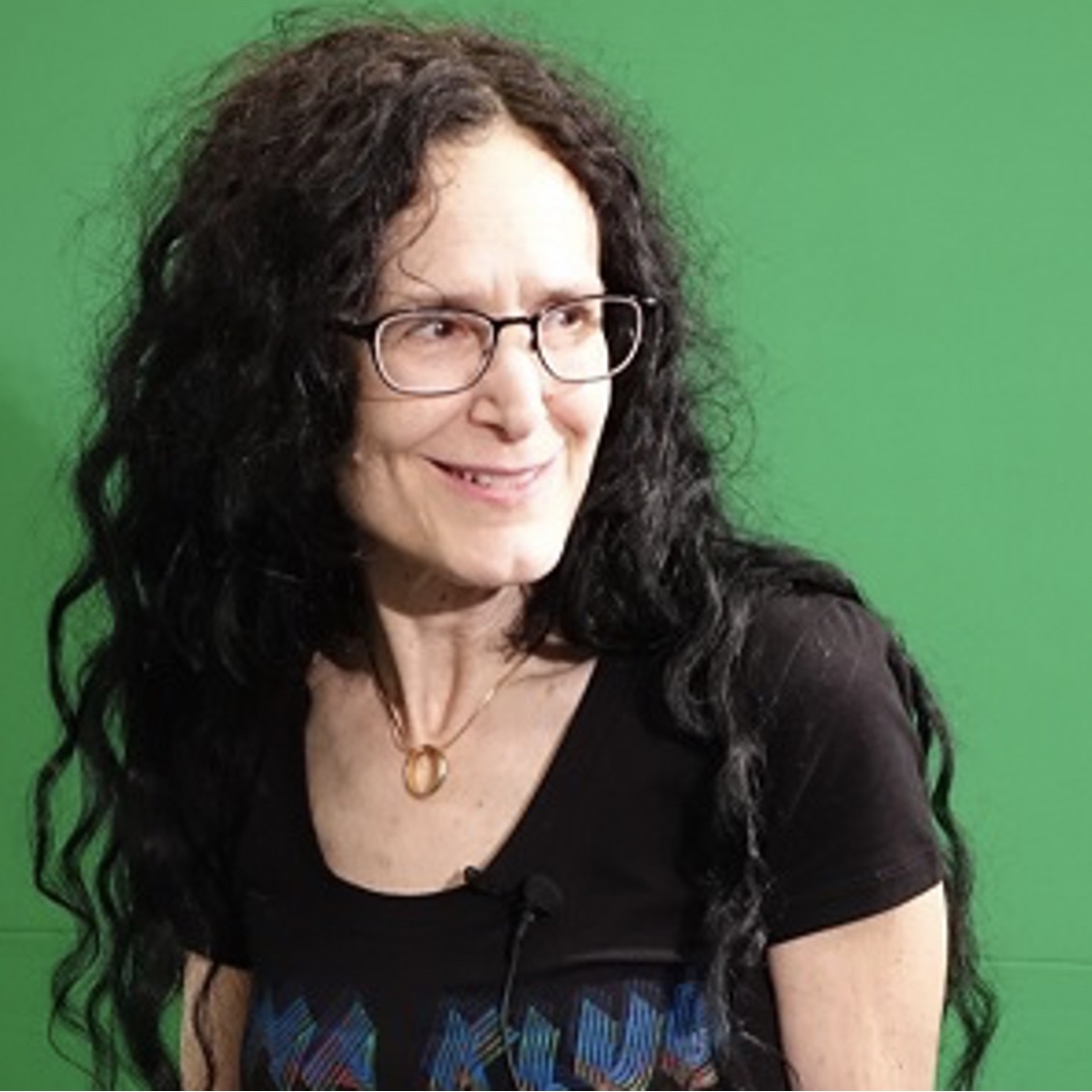 Carla Scaletti The Data Driven DJ
Carla Scaletti The Data Driven DJ -
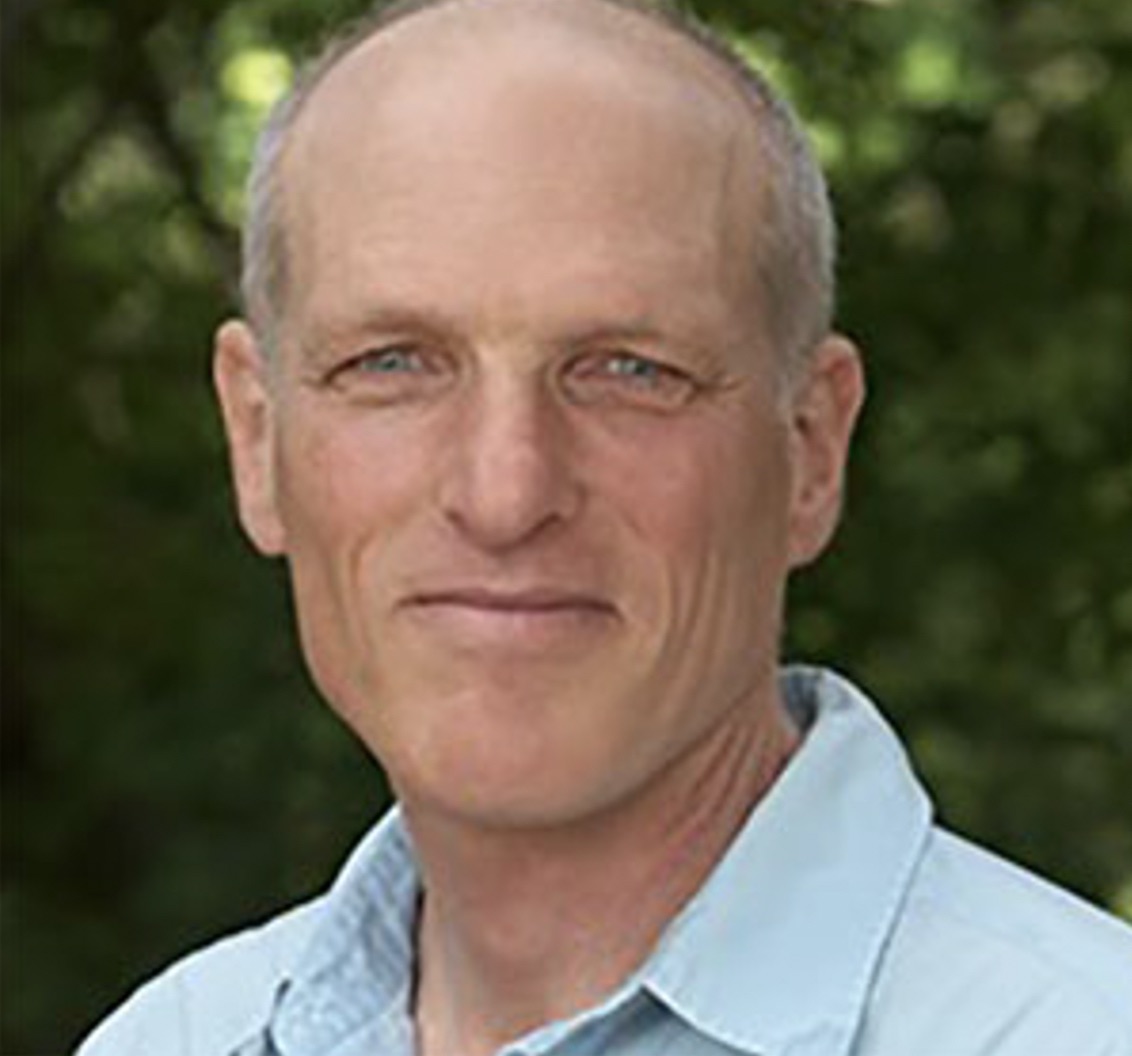 Gregory Kramer Early Sonification Artist
Gregory Kramer Early Sonification Artist -
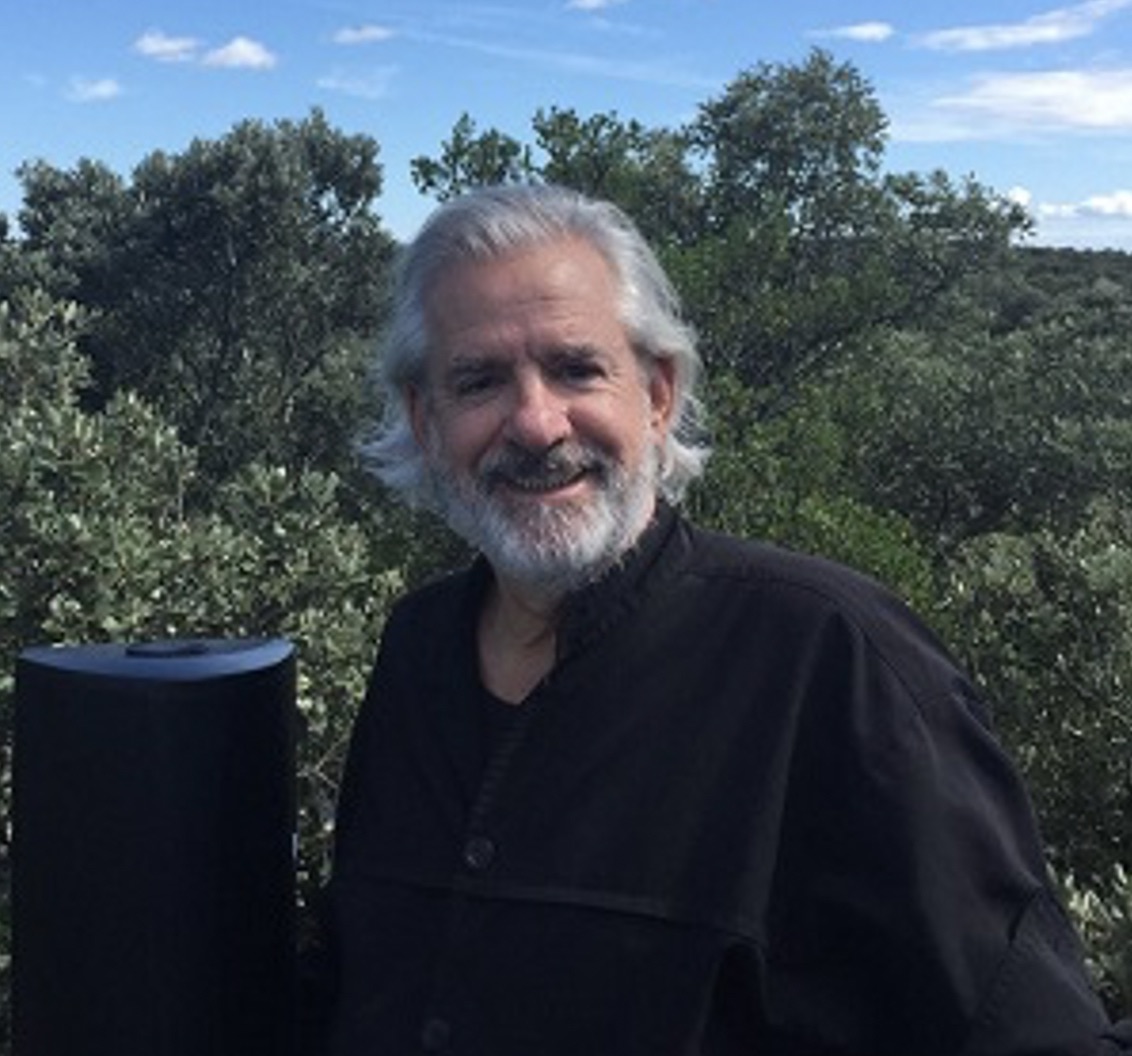 Bert Barten The Talking Trees Project
Bert Barten The Talking Trees Project -
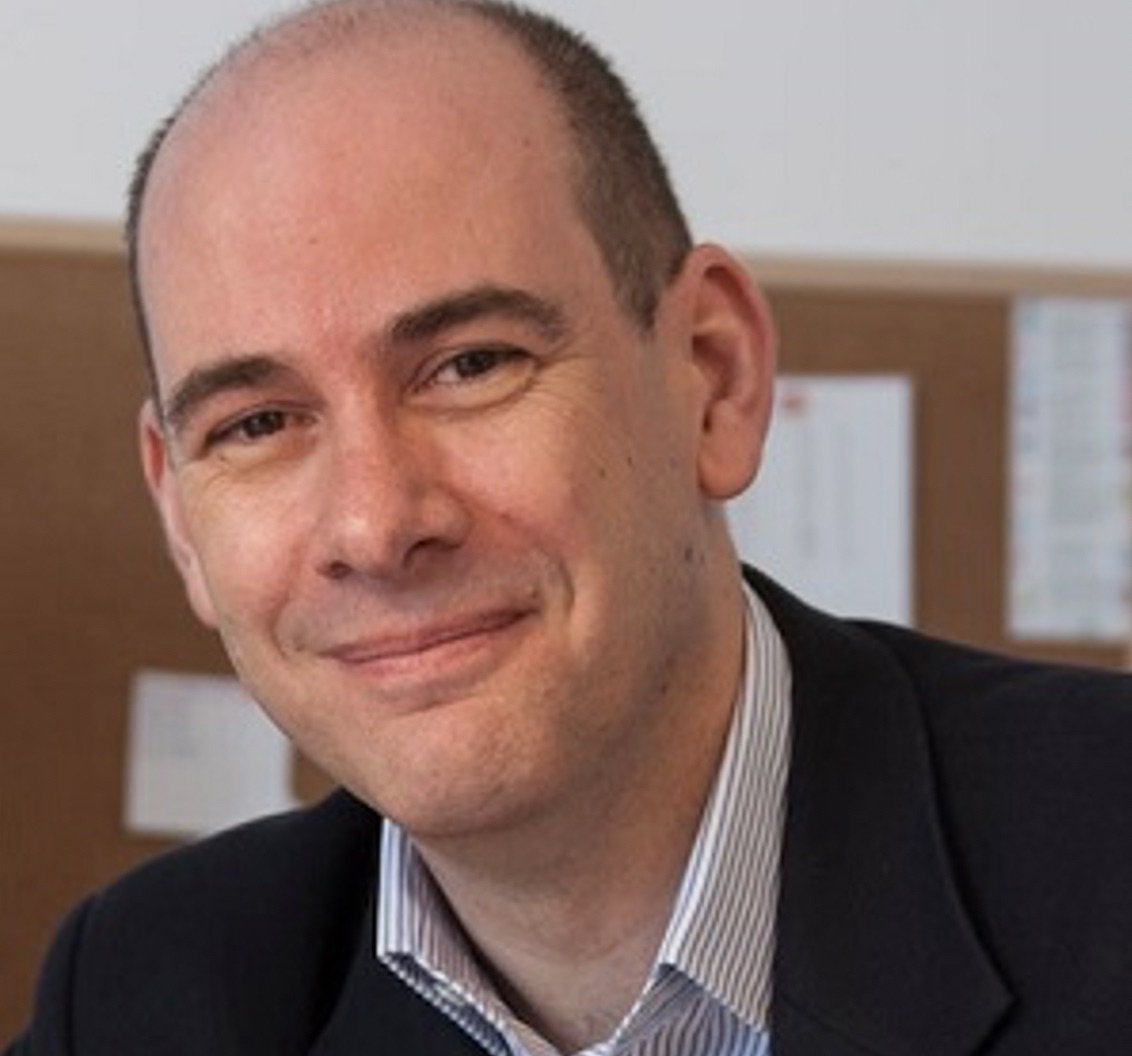 Paul Vickers Sonification and Stand Up Comedy
Paul Vickers Sonification and Stand Up Comedy -
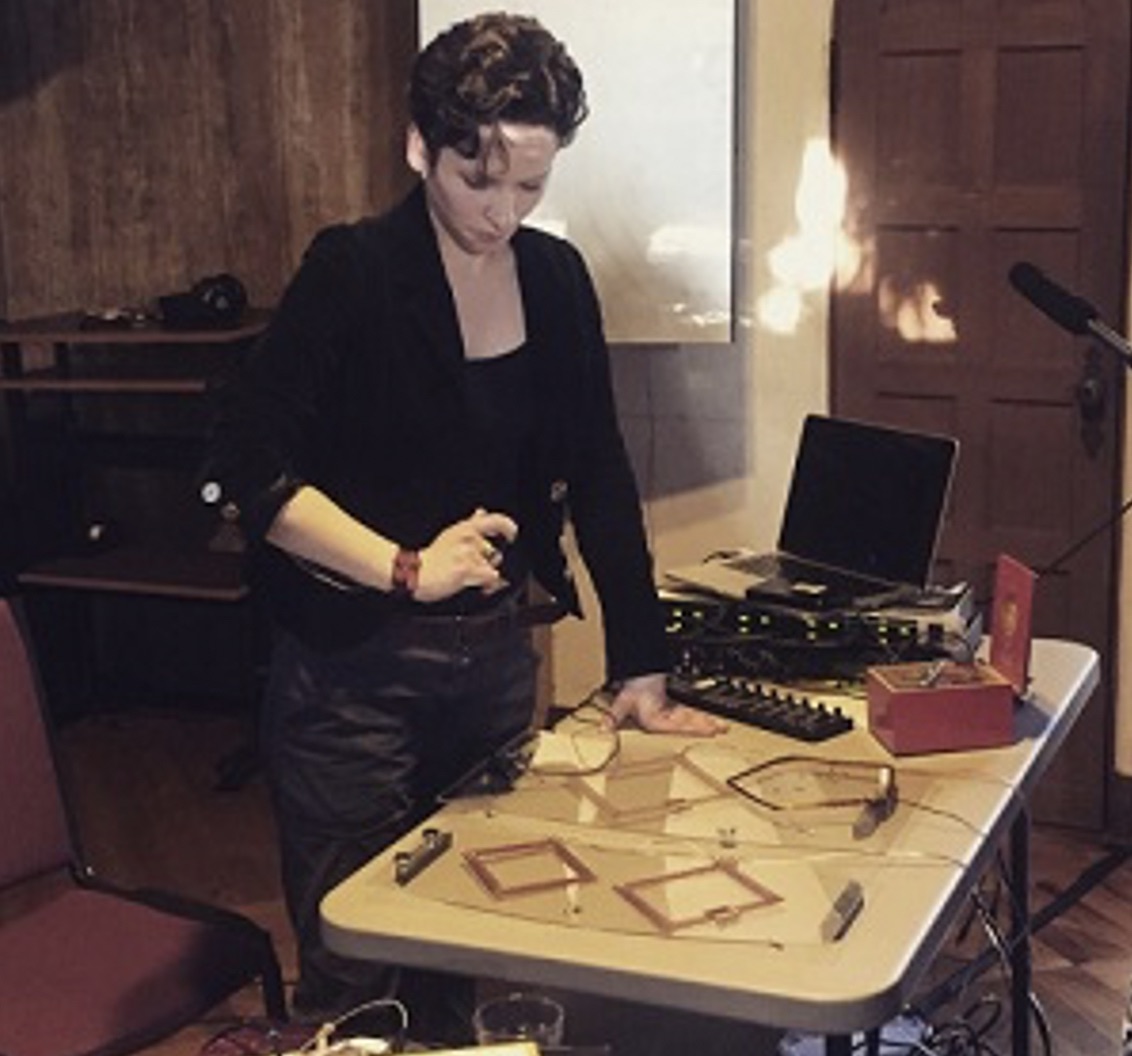 L. Alexis Emelianoff Sonification of Electrical Field
L. Alexis Emelianoff Sonification of Electrical Field -
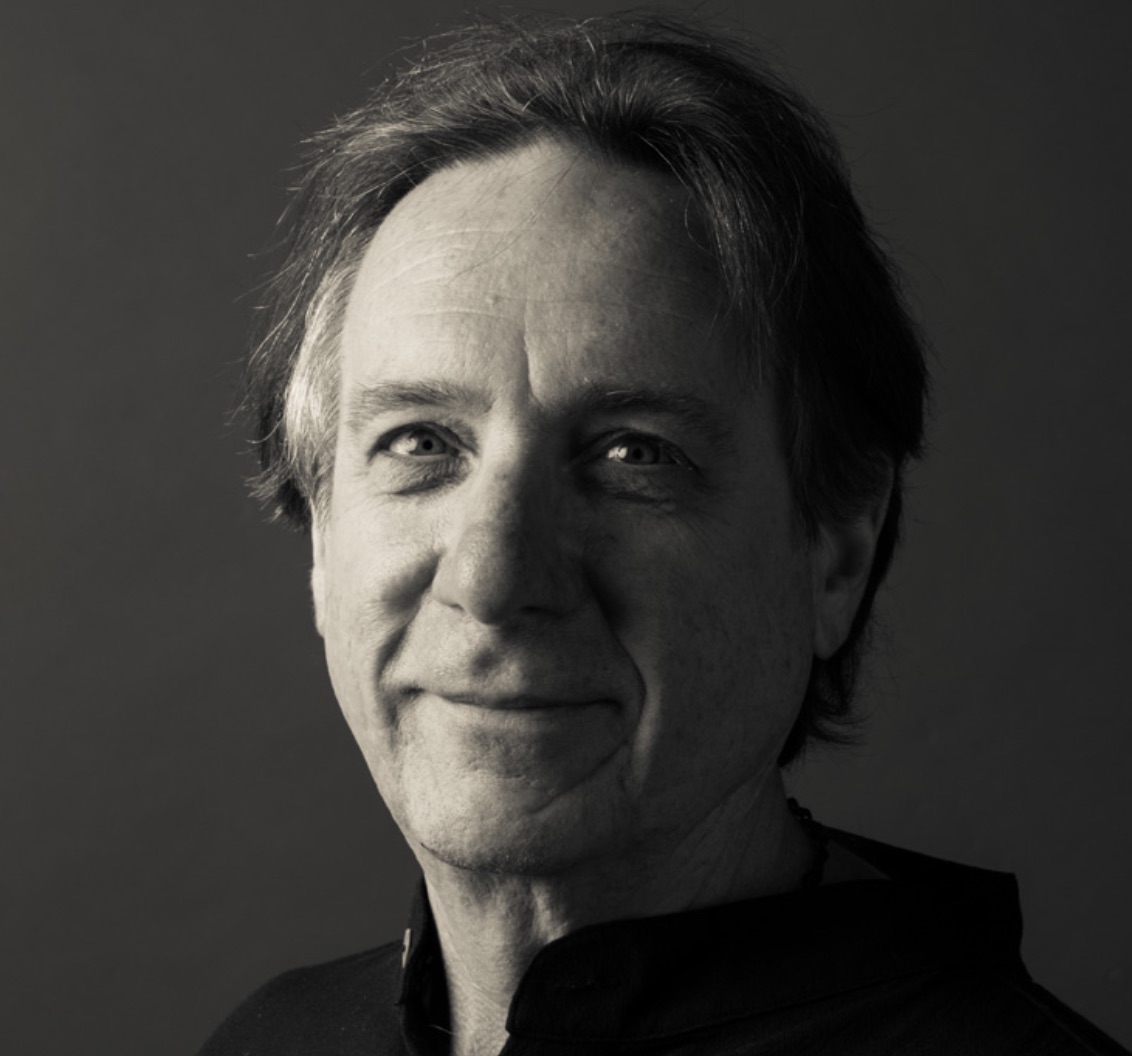 David Worrall Sonification guru
David Worrall Sonification guru -
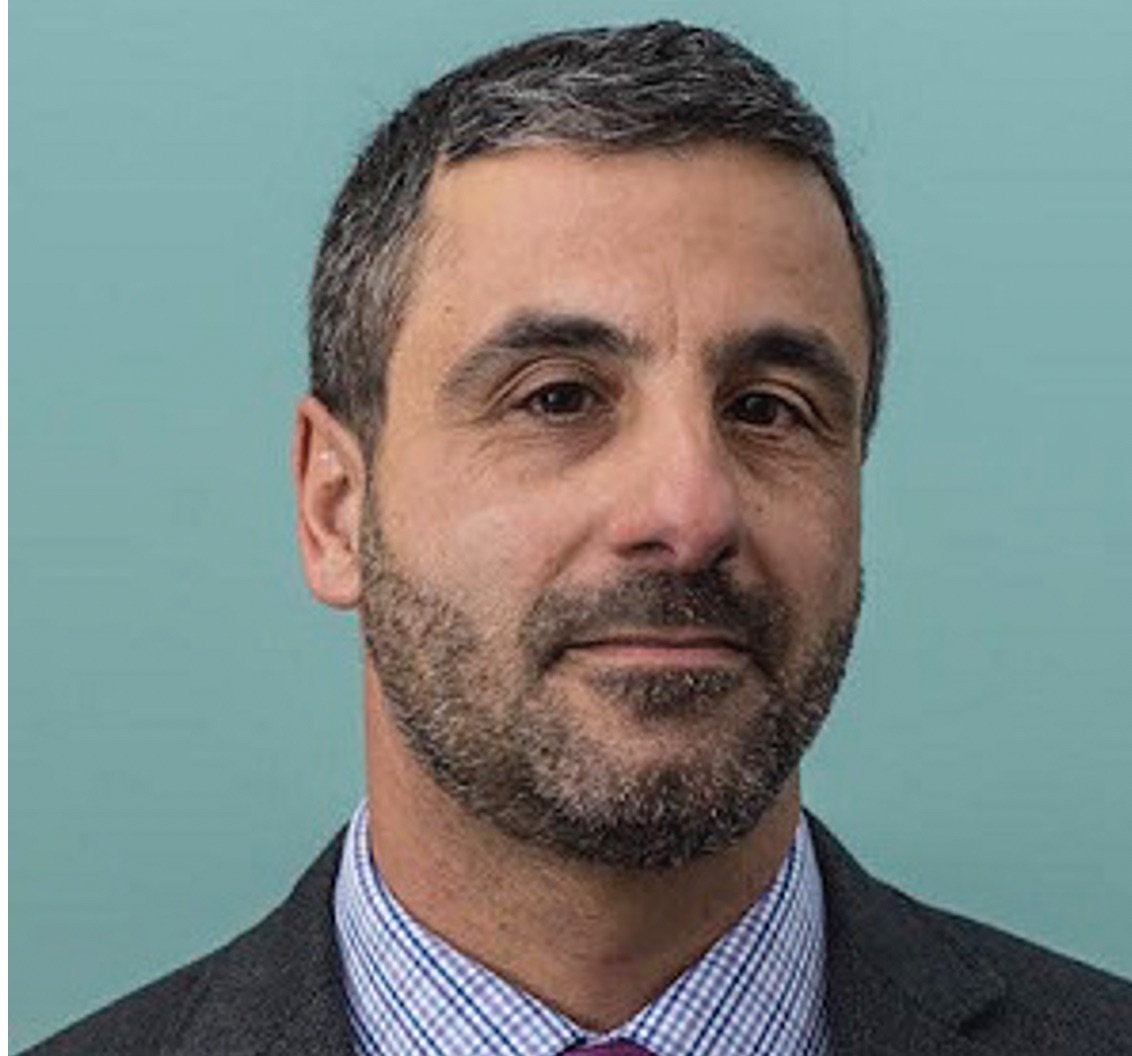 Marco Buongiorno Nardelli Composer - Material Science Physicist
Marco Buongiorno Nardelli Composer - Material Science Physicist -
 Sophia Roosth The Art of the Senses
Sophia Roosth The Art of the Senses -
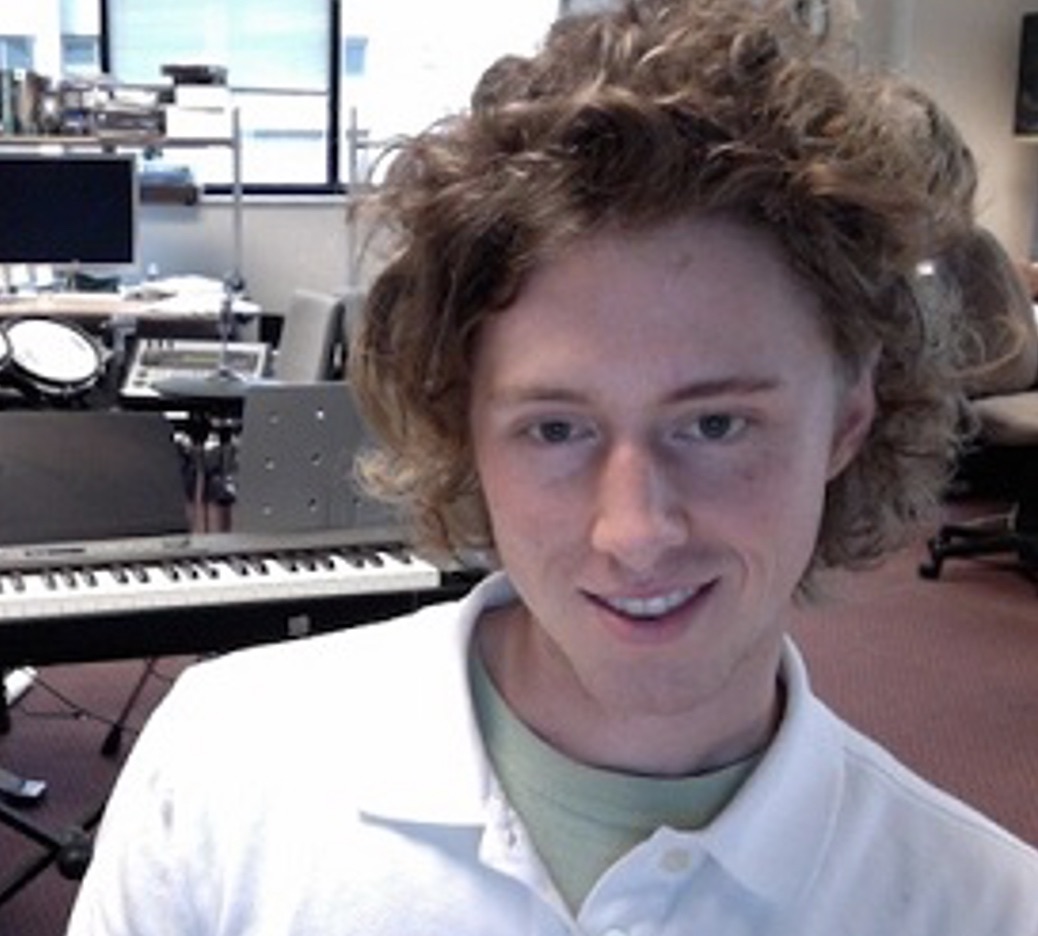 Mike Winters Sonification and Emotion
Mike Winters Sonification and Emotion -
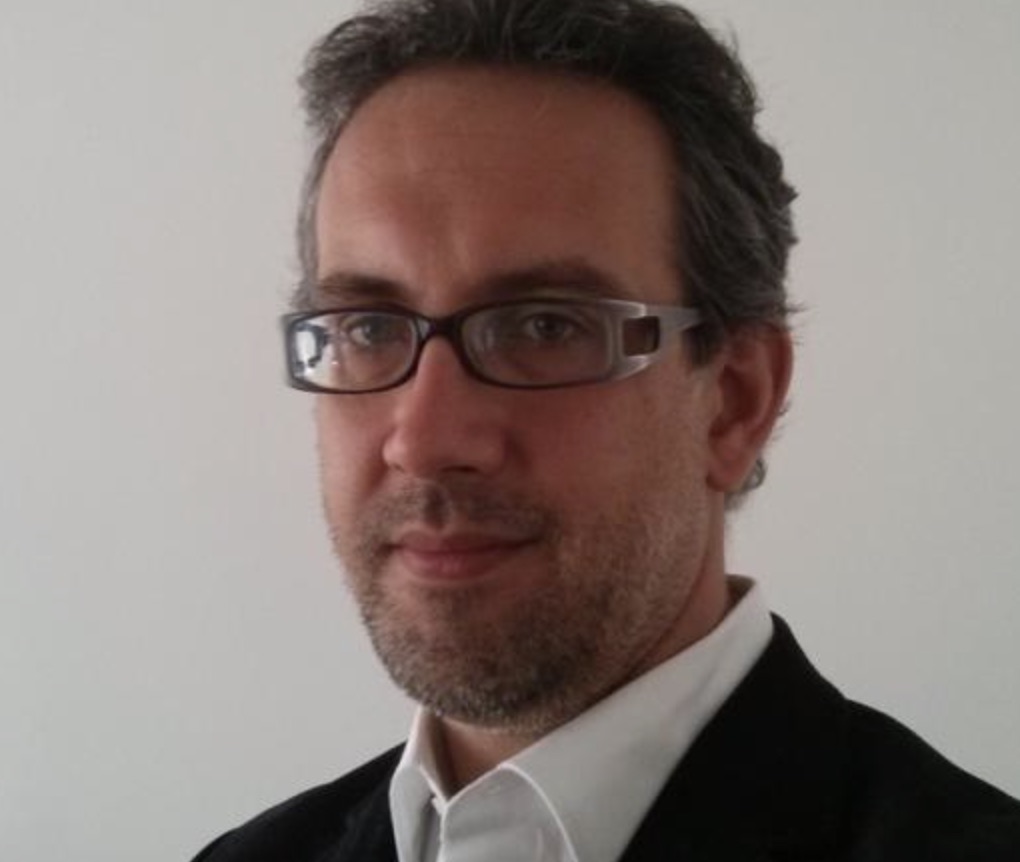 Florian Grond Sonification, Cognition and Interaction
Florian Grond Sonification, Cognition and Interaction -
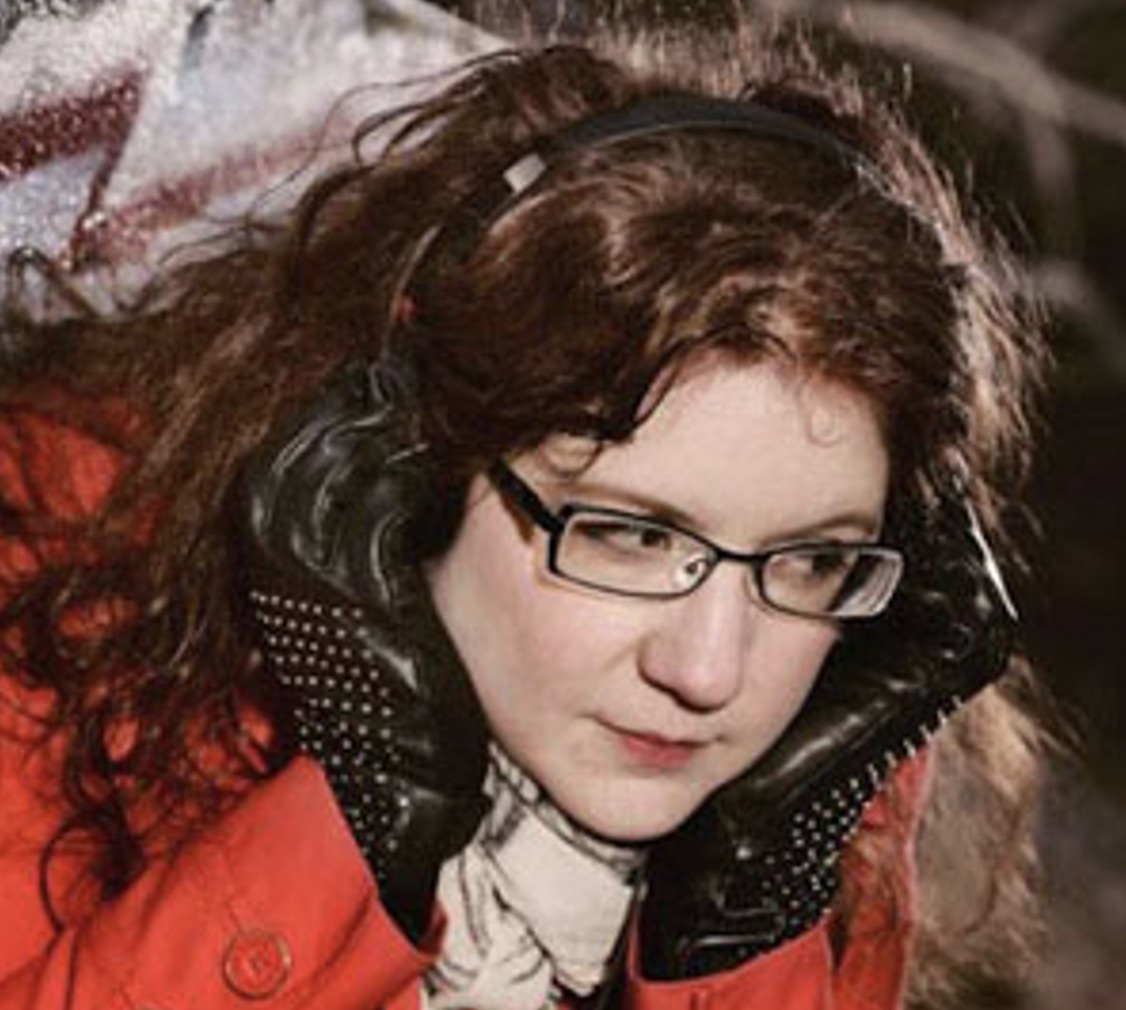 Margaret Schedele Composer - Art Science collaborator
Margaret Schedele Composer - Art Science collaborator -
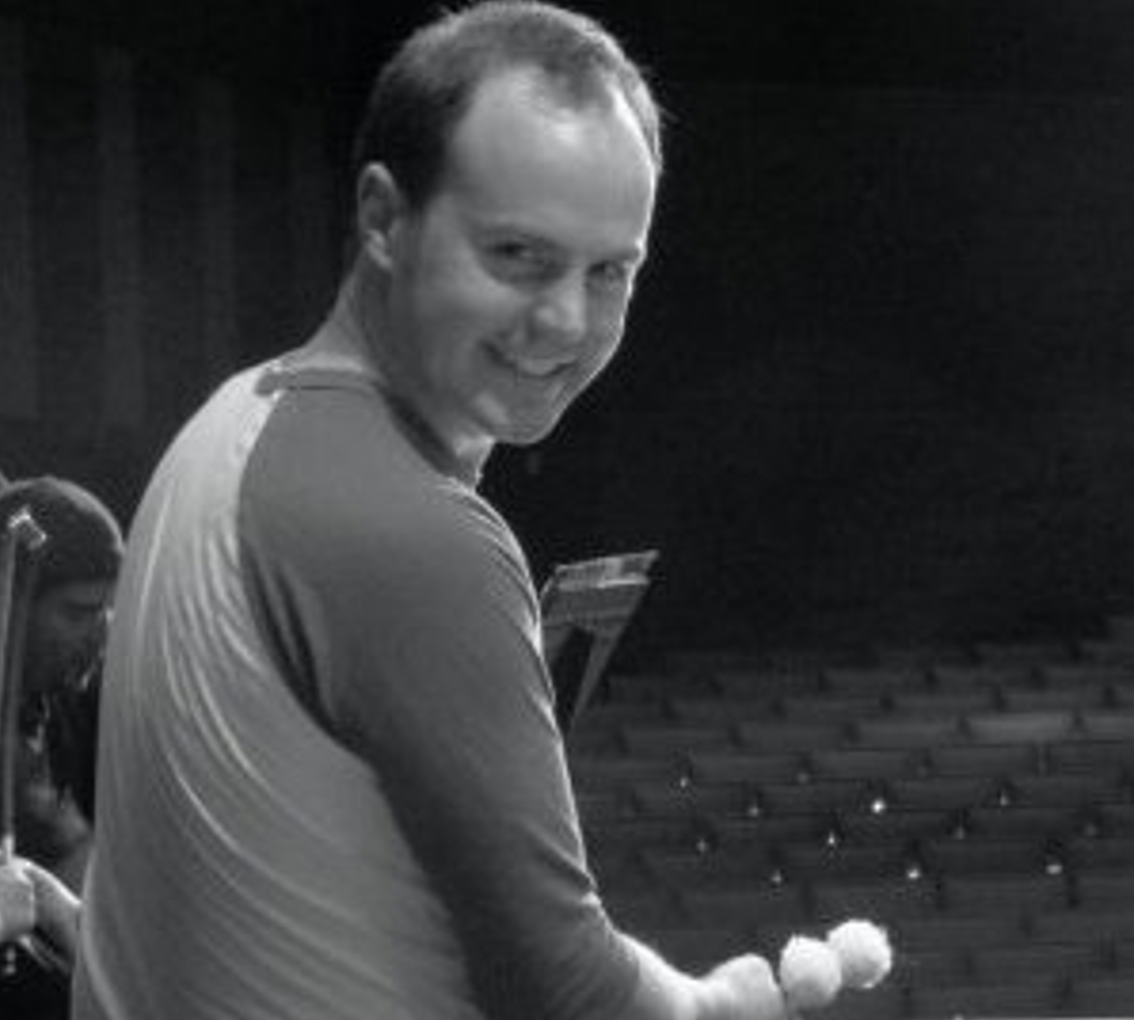 Andrew Blanton Percussion and sonification
Andrew Blanton Percussion and sonification
Related Podcasts
Carla Scaletti Sonification Pioneer
Carla Scaletti is an experimental composer and designer of the Kyma sound design language and co-founder of Symbolic Sound Corporation. Her compositions always begin with a “what-if” hypothesis and involve live electronics interacting with acoustic sources and environments. The listener is encouraged to first watch Carla’s brilliant keynote at the 2017 International Conference of Audio Display if possible at This Link
Gregory Kramer on the beginnings of Sonification
Gregory Kramer is a composer, scientific researcher, author, entrepreneur, and teacher. He is a founding figure in the emerging field of Sonification and published the first book in this area,”Auditory Display: Sonification, Audification and Auditory Interfaces” (Addison Wesley) The definition of sonification that everyone studying this field reads was written by Greg.
Featured Guests

Dolores Catherino
Dolores Catherino is a polychromatic composer and multi-instrumentalist. Her avant-garde compositions use sonic ‘pitch-palettes’ of 106 and 72 EDO (equal divisions of the octave) and are performed on visionary 21st century keyboard
instruments.
As a musician, she is focused on exploring new sonic worlds within a polychromatic framework which simplifies and unifies our rapidly multiplying microtonal pitch-scale methods. Polychromatic concepts of musical
‘pitch-color’ and ‘interval-color’ are also intended to simplify the exploration of new aesthetic possibilities in the practice of associative synesthetic awareness: learned associations and conceptual/perceptual integration of
audible
pitch with visual color. With an undergraduate study in music and graduate study in medicine, she hopes to explore and develop integrated perspectives between the sound arts and sciences.

Clarence Barlow
Barlow, who studied composition under Bernd Alois Zimmermann (1968-1970) and Karlheinz Stockhausen (1971-1973), is a universally acknowledged pioneer and celebrated composer in the field of electroacoustic and computer music. He has made groundbreaking advancements in interdisciplinary composition that unite mathematics, computer science, visual arts, and literature. While he has been a driving force in interdisciplinary and technological advances, his music is nevertheless firmly grounded in tradition and thus incorporates much inherited from the past. His works, primarily for traditional instruments, feature a vocabulary that ranges from pretonal to tonal, nontonal, or microtonal idioms, and, further, may incorporate elements derived from non-Western cultures.

Jordan Wirfs-Brock
Jordan Wirfs-Brock studies the future of voice interactions from a human-centered computing perspective. Her research focuses on how unexpected mechanisms—sound, taste, participatory experiences—can help people understand quantitative data. For over ten years, she has been making complex information approachable as a journalist, data analyst, producer, and designer.
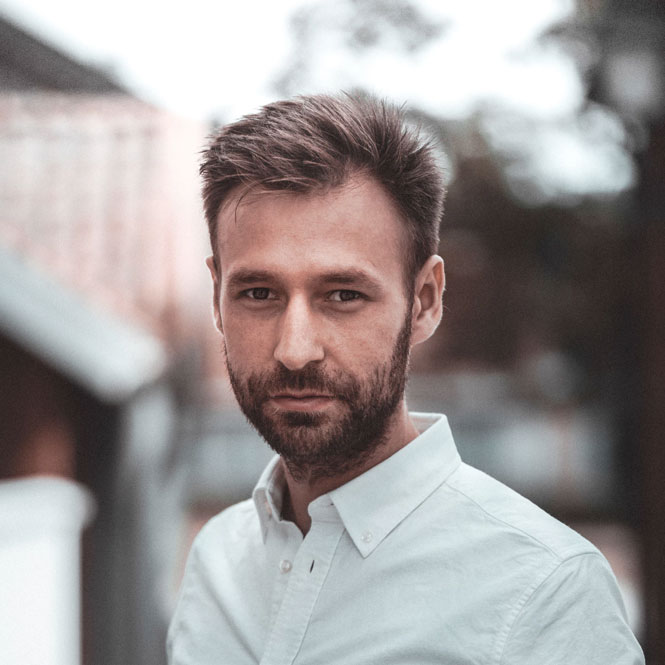
Steven Ericson
Lorem ipsum dolor sit amet, consectetur adipisicing elit. Et, iusto. Aliquam illo, cum sed ea? Ducimus quos, ea?
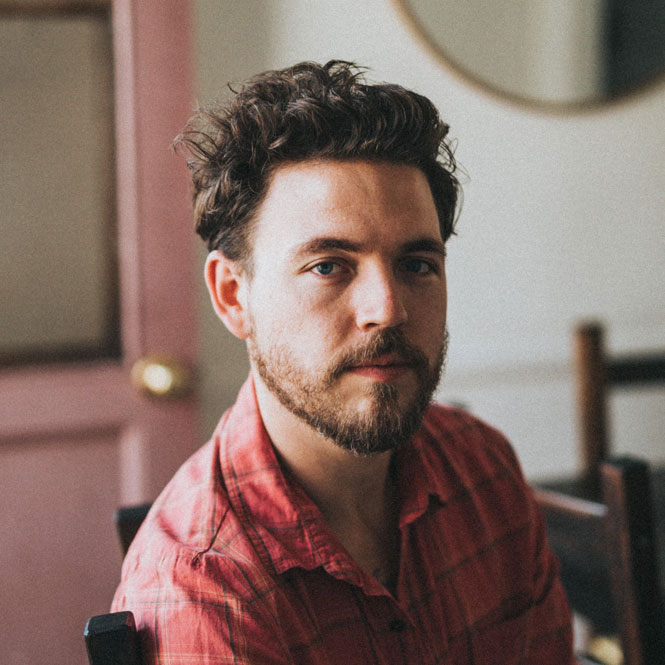
Nathan Dumlao
Lorem ipsum dolor sit amet, consectetur adipisicing elit. Et, iusto. Aliquam illo, cum sed ea? Ducimus quos, ea?

Brook Smith
Lorem ipsum dolor sit amet, consectetur adipisicing elit. Et, iusto. Aliquam illo, cum sed ea? Ducimus quos, ea?
